Home>Storage Ideas>Kitchen Storage>Should A Pantry Be The Same Color As A Kitchen?
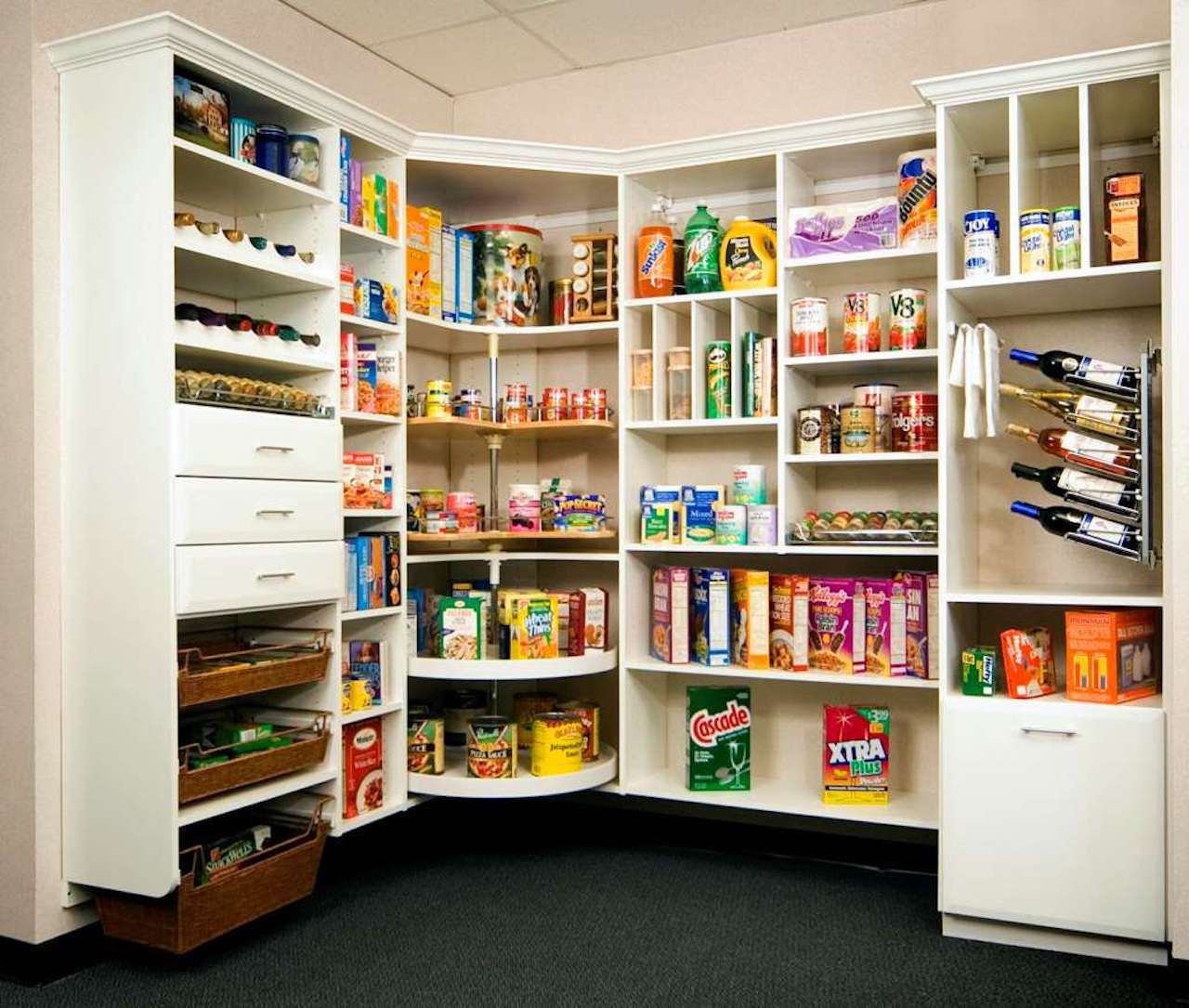

Kitchen Storage
Should A Pantry Be The Same Color As A Kitchen?
Modified: February 24, 2024
Discover creative kitchen storage ideas to keep your pantry organized. Find out whether your pantry should be the same color as your kitchen for a cohesive design.
(Many of the links in this article redirect to a specific reviewed product. Your purchase of these products through affiliate links helps to generate commission for Storables.com, at no extra cost. Learn more)
Introduction
When it comes to designing our kitchens, we often spend countless hours selecting the right appliances, countertops, and cabinetry. However, one aspect that is often overlooked is the color scheme of the pantry. While it may seem like a small detail, the color of your pantry can actually have a significant impact on the overall aesthetic of your kitchen.
A pantry is not just a storage area for food and kitchen supplies; it is also a functional and visually important part of the kitchen. Selecting the right color for your pantry can help create a cohesive and harmonious look in your kitchen, enhancing the overall appeal of the space.
In this article, we will explore the importance of pantry design and discuss the factors to consider when choosing a pantry color. We will also delve into the pros and cons of matching the pantry color with the kitchen color and explore alternative approaches to pantry color selection. So, let’s dive in and discover how you can make your pantry a standout feature in your kitchen!
Key Takeaways:
- Matching the pantry color with the kitchen creates a seamless look, simplifies design, and visually expands smaller kitchens. However, it may limit creativity and require updates if the kitchen color changes.
- Alternatively, creating a harmonious color scheme or exploring contrasting accent colors and personalized accents offers flexibility and creativity in pantry design. Consider personal style, functionality, and overall aesthetics for a standout pantry.
The Importance of Pantry Design
A well-designed pantry goes beyond mere functionality. It can be a beautiful and organized space that elevates the overall look and feel of your kitchen. Here are a few reasons why investing time and effort into pantry design is essential:
Efficient Organization
A well-designed pantry can enhance the organization of your kitchen, making it easier to find and access items. By incorporating various storage solutions such as adjustable shelving, pull-out drawers, and labeled containers, you can optimize the use of space and improve workflow. With an organized pantry, you’ll spend less time searching for ingredients and more time enjoying the cooking process.
Visual Appeal
The pantry is often situated in a prominent location within the kitchen, making it a focal point of the space. By incorporating an attractive color scheme, stylish cabinetry, and decorative elements, you can transform the pantry into a visually appealing feature. This not only enhances the overall aesthetics of your kitchen but also makes it a space that you can show off to guests.
Added Value to Your Home
A well-designed pantry can significantly increase the value of your home. Potential buyers appreciate a practical and well-organized kitchen, and a thoughtfully designed pantry can be a selling point. Additionally, if you ever decide to sell your home, an aesthetically appealing pantry can make your property stand out from others on the market.
Improved Efficiency
Efficiency is key in the kitchen, and a well-designed pantry can contribute to a smoother cooking experience. By having everything neatly organized and easily accessible, you can save time and effort during meal preparation. Whether you’re reaching for spices, grabbing a can of beans, or searching for your favorite snack, a functional pantry design can streamline your cooking process.
Now that we have established the importance of pantry design, let’s move on to the next section and explore the factors to consider when choosing a pantry color.
Factors to Consider When Choosing a Pantry Color
Choosing the right color for your pantry is an important decision that can greatly impact the overall look and feel of your kitchen. Here are some factors to consider when selecting a pantry color:
Kitchen Style and Theme
Consider the style and theme of your kitchen when choosing a pantry color. If you have a traditional kitchen with warm wood tones, you may want to opt for a pantry color that complements those hues, such as a soft cream or a warm beige. Alternatively, if you have a modern kitchen with sleek white cabinets, you may wish to go for a bold and contrasting color, like navy blue or charcoal gray, to make a statement.
Natural Light
Take into account the amount of natural light that enters your kitchen. If your kitchen receives ample sunlight, you have the flexibility to choose light or dark pantry colors. However, in kitchens with limited natural light, it is best to opt for lighter pantry colors to create a brighter and more spacious feel. Lighter shades like white, cream, or pale pastels can help reflect light and make the space appear more open and airy.
Size of the Pantry
If you have a small pantry, choosing a light color can help visually expand the space and make it feel larger. Light colors reflect more light, giving the illusion of a bigger area. On the other hand, if you have a large pantry, you can experiment with both light and dark colors, depending on your personal preference and the overall color scheme of your kitchen.
Mood and Atmosphere
Consider the mood and atmosphere you want to create in your kitchen. Color has a psychological impact and can evoke different emotions. Warm colors like red, orange, and yellow can create a cozy and inviting feel, while cool colors like blue and green can promote a calm and serene ambiance. Think about the mood you want to set in your kitchen and choose a pantry color that aligns with that vision.
Personal Preference
Ultimately, your personal preference should play a significant role in the color selection process. Consider colors that resonate with you and reflect your style and personality. Your pantry should be a space that you enjoy being in, so choose a color that makes you feel happy and inspired.
Now that we’ve explored the factors to consider when choosing a pantry color, let’s move on to the next section and examine the pros and cons of matching pantry and kitchen colors.
Pros and Cons of Matching Pantry and Kitchen Colors
One common approach when designing a pantry is to match its color with the rest of the kitchen. While this can create a cohesive and unified look, there are both pros and cons to consider:
Pros:
Harmonious Aesthetic
Matching the pantry color with the kitchen color creates a seamless and harmonious aesthetic. When the colors flow naturally from one space to another, it enhances the overall visual appeal of the kitchen. It gives a sense of continuity and cohesiveness, making the space feel more put-together and well-designed.
Simplicity
Matching the pantry color with the kitchen color eliminates the need for a separate color selection process. This simplifies the design process, as you can select one color scheme for the entire space. It also reduces the chances of color clashing, ensuring a streamlined and cohesive look.
Perception of Additional Space
Matching colors can create an illusion of expanded space. When the pantry blends seamlessly with the kitchen, it visually extends the kitchen area and makes it feel more spacious. This is particularly beneficial in smaller kitchens where maximizing the perception of space is important.
Cons:
Lack of Contrast
Matching the pantry color with the kitchen color may result in a lack of contrast. If there isn’t enough variation in color tones, the pantry may blend in with the surrounding cabinetry, countertops, or walls. This lack of contrast can make it difficult to differentiate the pantry area from the rest of the kitchen, potentially diminishing its visual impact.
Limiting Color Options
Matching colors can limit your options for creativity and personal expression. It restricts the opportunity to introduce a pop of color or incorporate contrasting shades that can add visual interest to the space. If you prefer a bold and vibrant pantry, matching it with the kitchen color may not allow for the desired level of customization.
Fixed Look
When you match the pantry and kitchen colors, it creates a cohesive and unified look. While this can be appealing, it also means that any changes or updates to the kitchen color scheme would require the pantry to be updated as well, to maintain the harmonious look. This can be time-consuming and costly if you decide to switch up the kitchen color in the future.
Now that we’ve discussed the pros and cons of matching pantry and kitchen colors, let’s explore alternative approaches to pantry color selection that can offer flexibility and creativity.
Creating a Harmonious Color Scheme
While matching the pantry color with the kitchen color can create a cohesive look, it is not the only option when designing your kitchen. You can create a harmonious color scheme by selecting colors that complement and harmonize with each other. Here are some tips to help you achieve a harmonious color scheme:
Color Wheel
Refer to the color wheel when selecting colors for your pantry. Colors that are located next to each other on the color wheel, known as analogous colors, tend to work well together and create a harmonious effect. For example, shades of blue and green create a calming and serene atmosphere when paired together.
Contrasting Colors
Contrasting colors can add visual interest and create a dynamic color scheme. Colors that are opposite each other on the color wheel, known as complementary colors, can offer a striking and balanced look. For instance, pairing a deep burgundy with a soft shade of green can create an eye-catching contrast.
Neutrals as a Base
Consider using neutral colors as a base for your pantry design. Neutral colors such as white, beige, or gray provide a versatile backdrop that can complement any accent colors. They also create a clean and timeless look that can easily be updated with pops of color through accessories and decor.
Textures and Materials
Incorporate different textures and materials into your pantry design to add visual interest and depth. For example, a wooden pantry door or shelves can add warmth and a touch of nature to the space. Mixing various textures can create a visually pleasing and multidimensional look even with a limited color palette.
Consider the Rest of the Kitchen
Take into account the existing colors in your kitchen and choose a pantry color that complements them. If you have a bold backsplash or vibrant countertops, selecting a more subdued color for the pantry can balance out the overall look. Alternatively, if your kitchen is predominantly neutral, you can opt for a bold and eye-catching pantry color to create a focal point.
Personal Style and Preference
Ultimately, choose colors that resonate with your personal style and preference. Your kitchen is a reflection of your personality, so make sure to incorporate colors that make you feel happy and inspired. Trust your instincts and select colors that you naturally gravitate towards, ensuring that the pantry design is a true expression of your taste.
By following these tips and taking a thoughtful approach to color selection, you can create a harmonious and visually appealing color scheme for your pantry. Now, let’s move on to explore alternative approaches to pantry color selection.
Alternative Approaches to Pantry Color Selection
While matching the pantry color with the kitchen color or creating a harmonious color scheme are popular approaches, there are alternative methods to consider when selecting a pantry color. These approaches can provide flexibility and allow for more creative expression in your kitchen design. Here are a few alternative approaches to consider:
Contrasting Accent Color
Instead of matching the pantry color with the kitchen color, you can choose a contrasting accent color for the pantry. This can create a bold and eye-catching focal point in your kitchen. Select a color that complements the overall color scheme but stands out from the rest of the kitchen. For example, if your kitchen has neutral tones, a vibrant red or deep navy blue pantry can add a pop of color and make a statement.
Monochromatic Palette
Opting for a monochromatic palette can create a visually interesting look while maintaining a sense of harmony. Choose a single color, such as shades of gray or varying tones of blue, and incorporate different shades and hues within that color family for both the pantry and the rest of the kitchen. This creates a cohesive and sophisticated look that is pleasing to the eye.
Color Blocking
Color blocking involves using multiple colors in distinct sections or zones. Instead of having one solid color for the entire pantry, you can use contrasting colors or different shades to create separate color blocks. This adds visual interest and can be a playful way to incorporate various colors into your kitchen design. Consider using color blocking on pantry shelves or cabinets for a unique and modern look.
Patterned or Textured Surfaces
Rather than focusing solely on color, consider incorporating patterned or textured surfaces into your pantry design. Choose pantry doors or shelving materials that feature interesting patterns, textures, or prints. This can add depth and visual appeal to the pantry, making it a standout feature in your kitchen. Just ensure that the patterns or textures complement the overall style and theme of your kitchen.
Statement Lighting
If you prefer to keep the pantry color more neutral, consider making a statement with the lighting fixture. Choose a bold and eye-catching pendant light or chandelier to hang over the pantry area. This can draw attention to the pantry and create a focal point in your kitchen design. Select a light fixture that complements the overall style and color scheme of your kitchen for a cohesive look.
Personalized Accents
Personalize your pantry design by incorporating accents that speak to your individual style. This can include adding colorful handles or knobs to the pantry doors, incorporating decorative tiles or wallpapers on the interior walls of the pantry, or displaying artwork or photographs inside the pantry. These personalized accents can inject personality and creativity into the space, making it uniquely yours.
By exploring these alternative approaches to pantry color selection, you can create a kitchen that is a true reflection of your individuality and design aesthetic. Now, let’s conclude our discussion about pantry color selection.
Conclusion
When it comes to designing your pantry, selecting the right color is a crucial decision that can greatly impact the overall look and feel of your kitchen. Whether you choose to match the pantry color with the kitchen color, create a harmonious color scheme, or explore alternative approaches, there are several factors to consider and options to explore.
A well-designed pantry not only enhances the organization and functionality of your kitchen but also adds visual appeal and value to your home. By carefully considering factors such as the kitchen style, natural light, pantry size, mood, and personal preference, you can choose a pantry color that elevates the aesthetic of your kitchen and creates a space that you enjoy being in.
Matching the pantry color with the kitchen color offers a harmonious and seamless look, creating a sense of cohesiveness in the space. This approach simplifies the design process and can make a small kitchen appear larger. However, it may limit your options for creativity and may require additional updates if you choose to change the kitchen color in the future.
Alternatively, you can create a harmonious color scheme by selecting colors that complement each other. Utilizing the color wheel, contrasting colors, neutrals as a base, textures, and materials, and considering the rest of the kitchen can result in a well-balanced and visually appealing pantry design.
If you prefer a more unique and personalized approach, exploring alternative methods such as contrasting accent colors, monochromatic palettes, color blocking, patterned or textured surfaces, statement lighting, and personalized accents can offer flexibility and creativity in your pantry design.
Remember, the key to selecting the right pantry color is to strike a balance between personal preference, functionality, and overall aesthetics. By taking the time to carefully consider these factors and exploring different options, you can create a pantry that not only provides efficient storage but also serves as a beautiful focal point in your kitchen.
So, whether you decide to match, harmonize, or experiment with bold colors and patterns, let your creativity guide you as you design a pantry that reflects your unique style and enhances the overall visual appeal of your kitchen.
Frequently Asked Questions about Should A Pantry Be The Same Color As A Kitchen?
Was this page helpful?
At Storables.com, we guarantee accurate and reliable information. Our content, validated by Expert Board Contributors, is crafted following stringent Editorial Policies. We're committed to providing you with well-researched, expert-backed insights for all your informational needs.
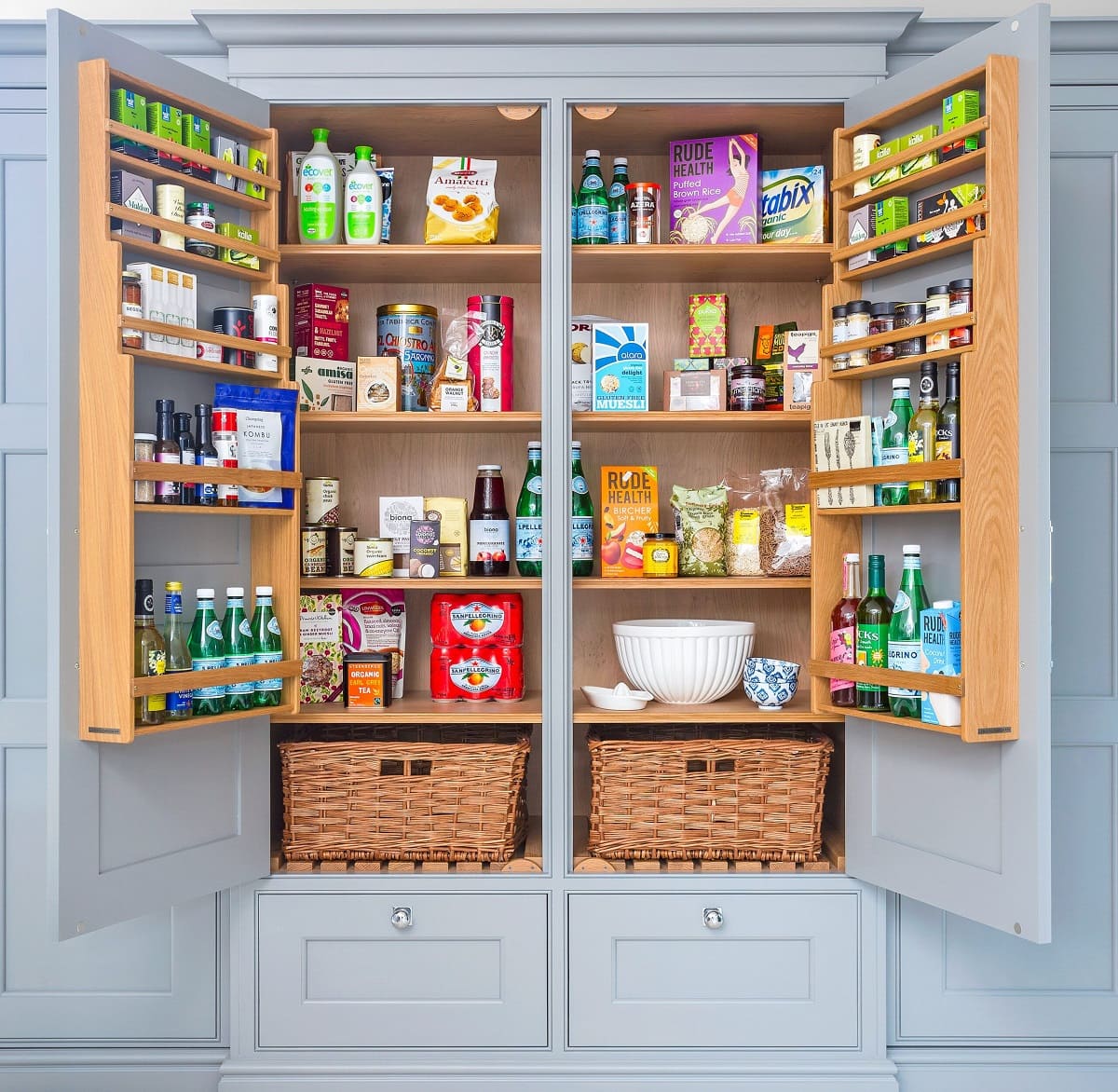
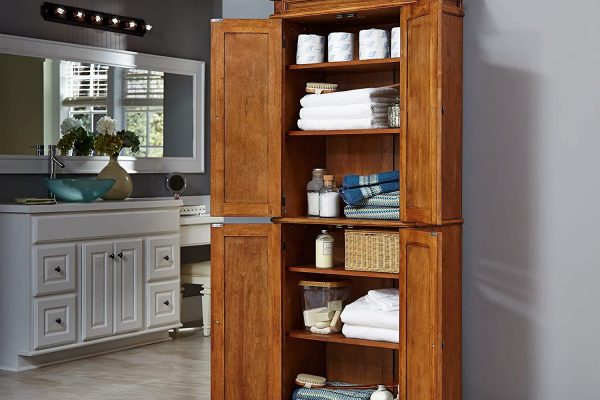
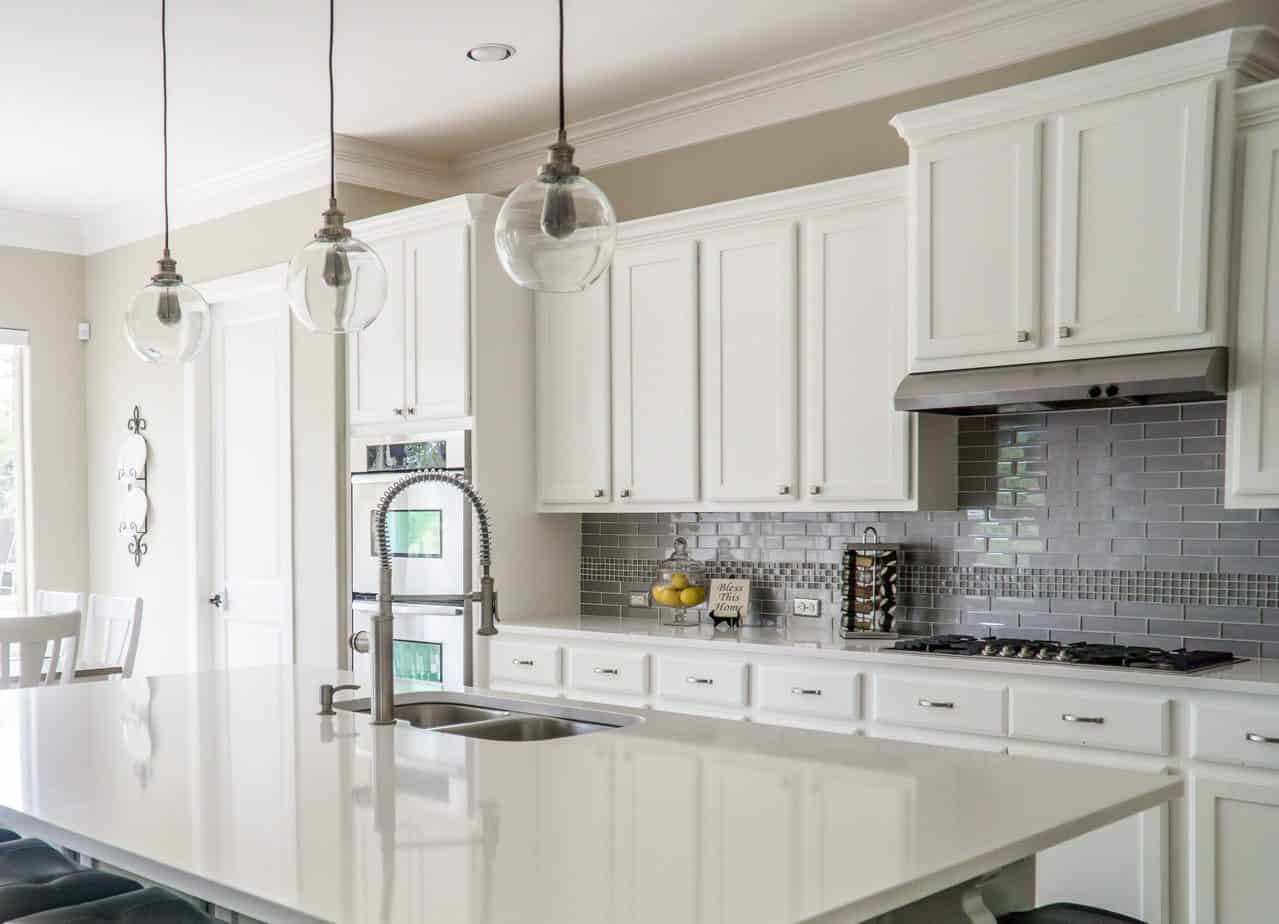
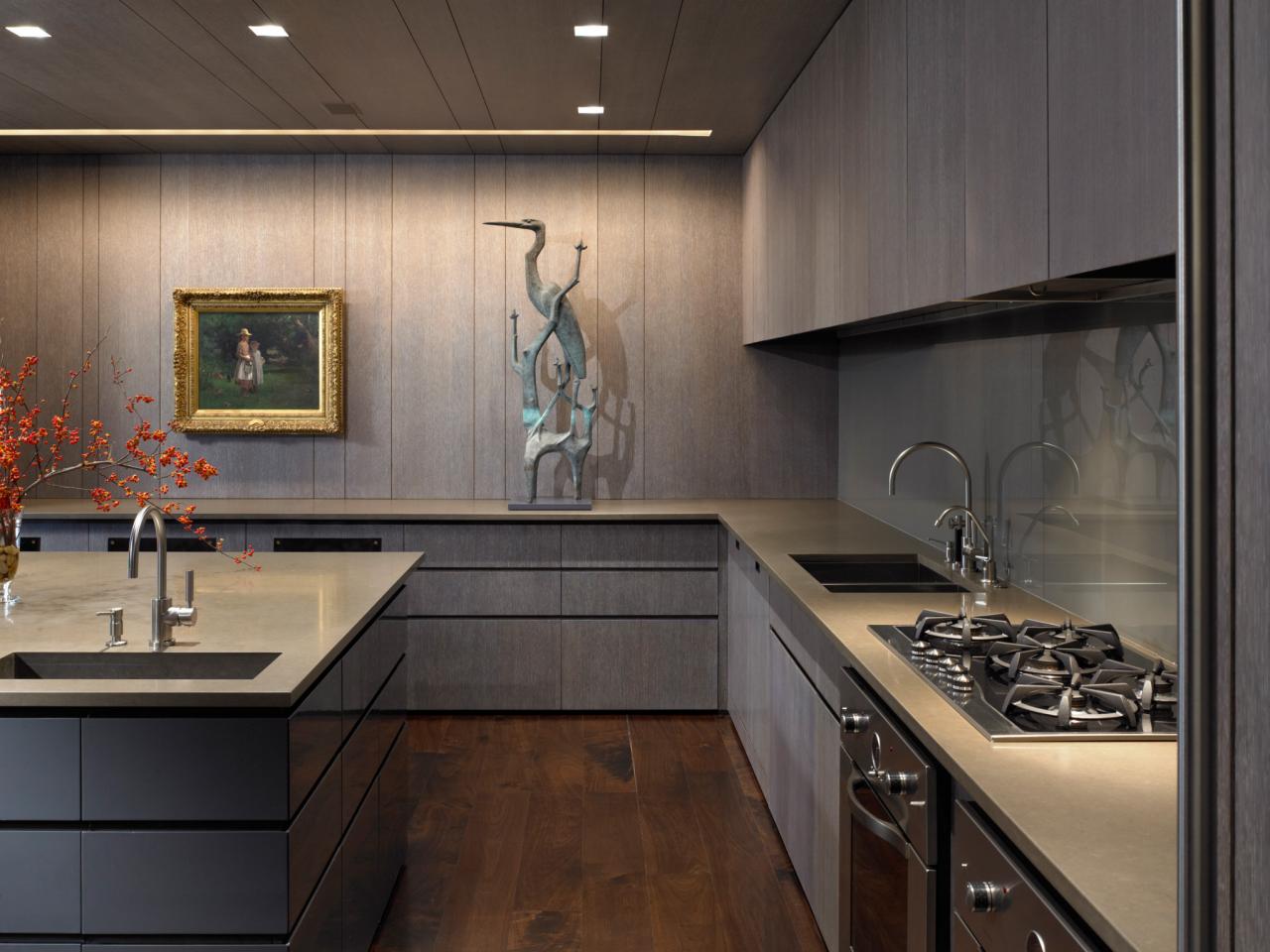
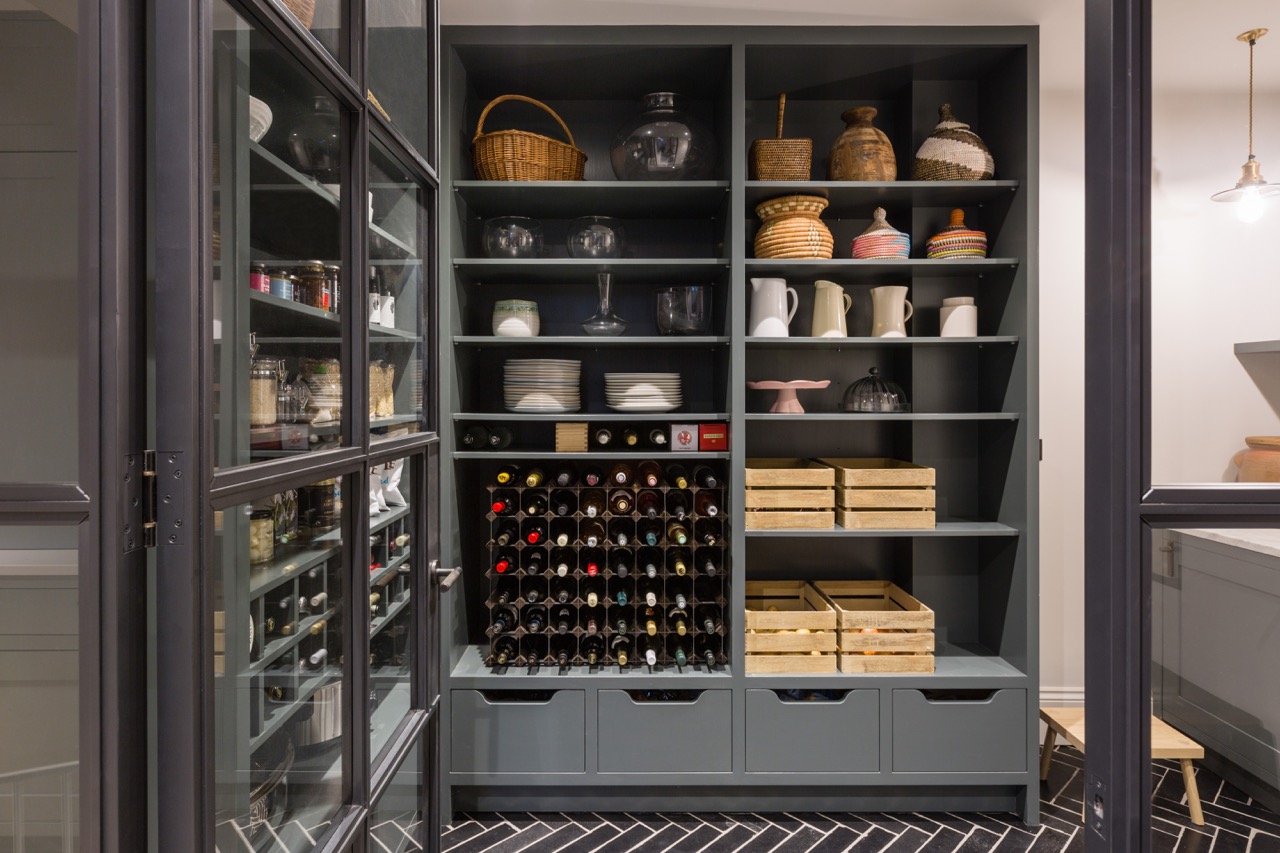
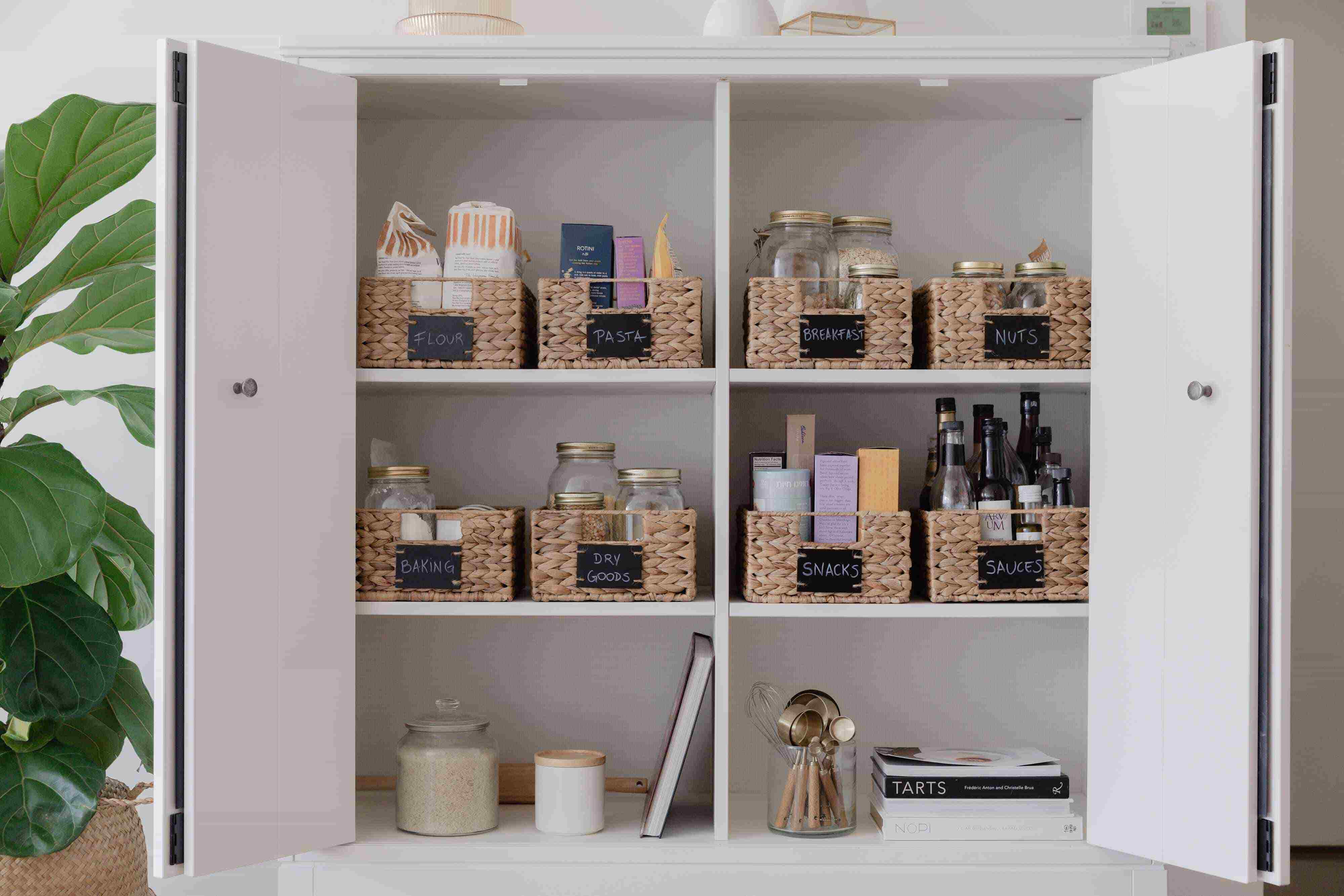
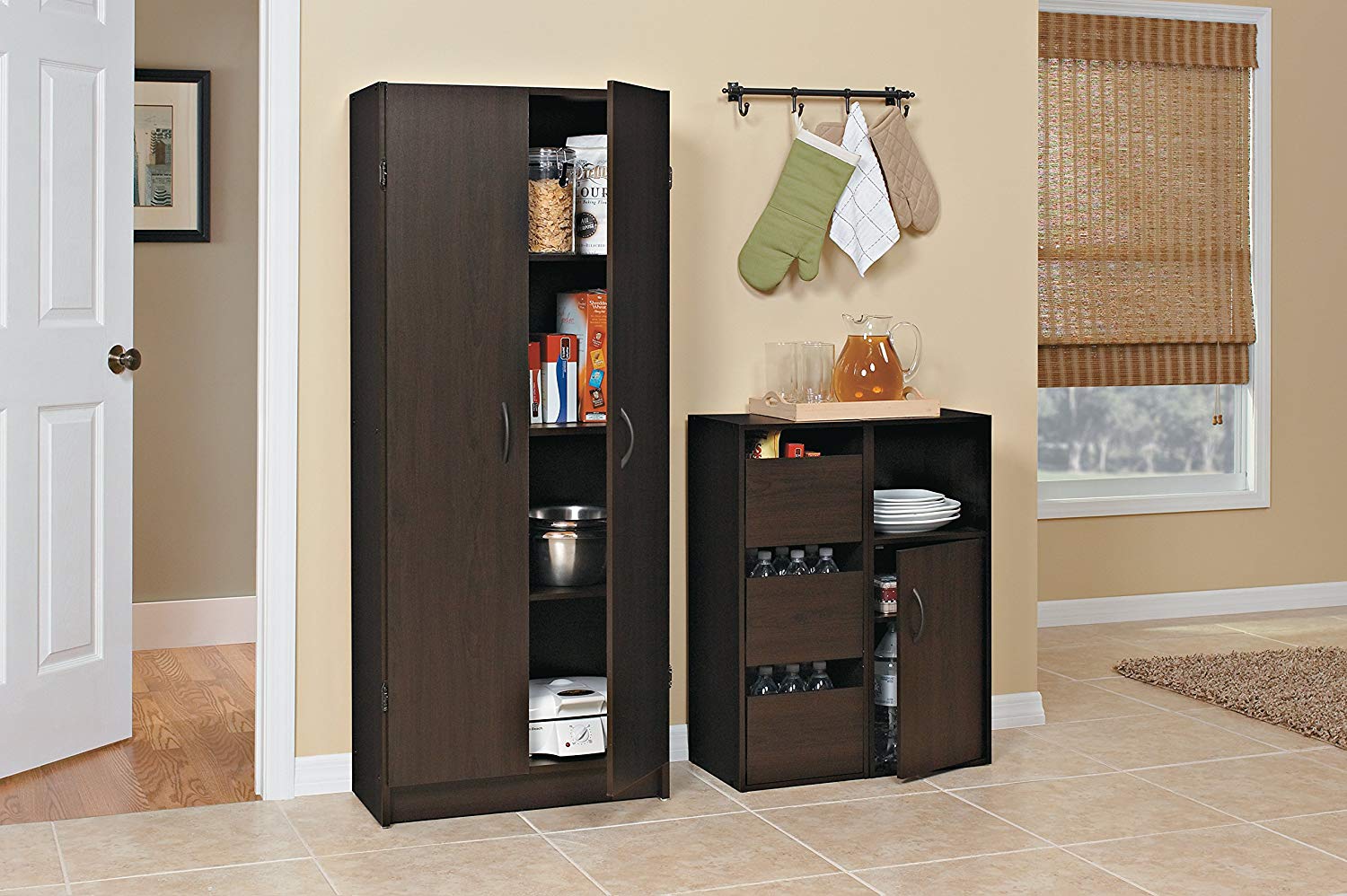
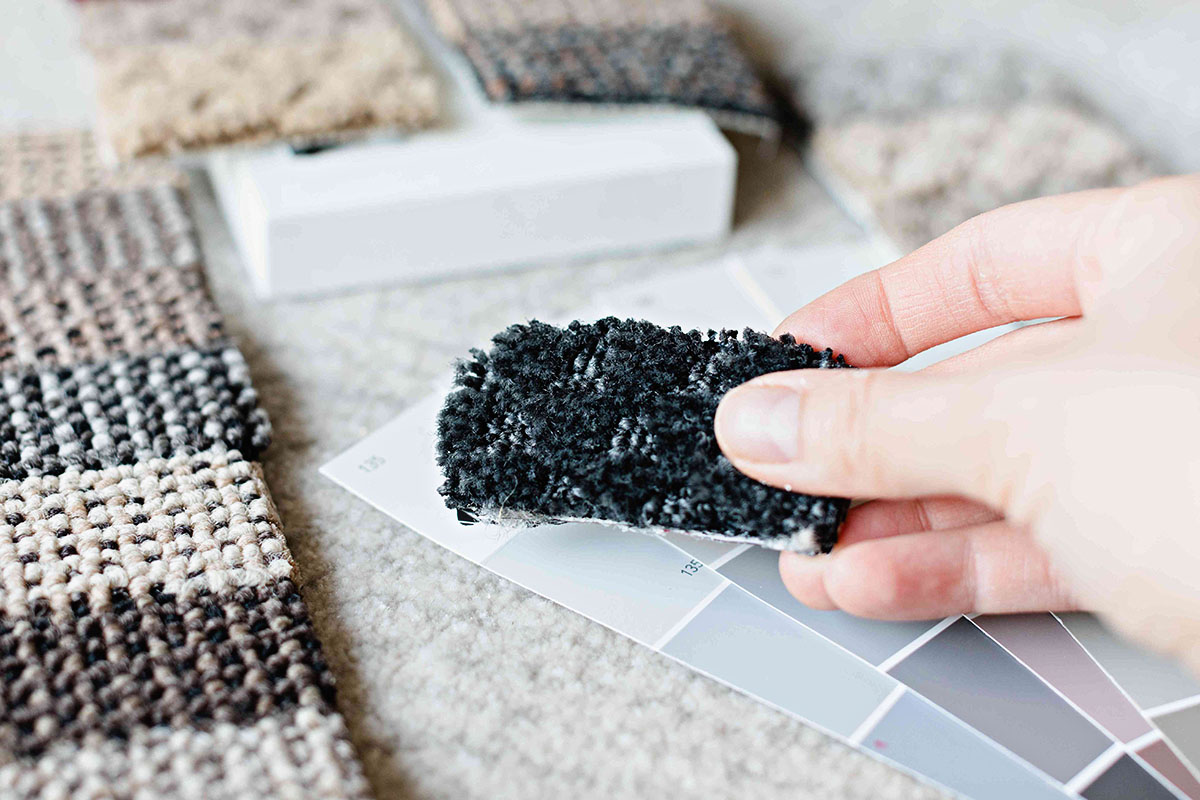

0 thoughts on “Should A Pantry Be The Same Color As A Kitchen?”